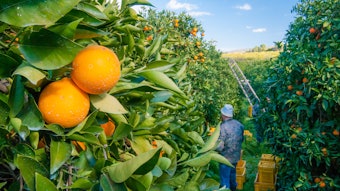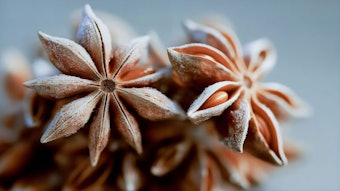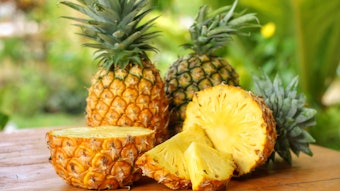An outline has been reported of the experiments helpful to appraise current understanding of extract production with supercritical CO2 for use in flavorings and fragrances. A paper by the same authors referred to the results of experiments performed on coffee, rosemary, juniper, and celery. Additionally, a recent publication detailed the results of preliminary experiments performed to assess the suitability of employing supercritical CO2 in the production of oleoresins from Rosmarinus officinalis L. From the gas chromatography analysis it follows that:
l The extract obtained with supercritical CO2 has a nonoxygenated terpenes content which is considerably lower than that for essential oil produced by steam distillation.
l The value of the ratio oxygenated terpenes/nonoxygenated terpenes defined as “D. D.” (Deterpenation Degree) is considerably greater for an extract obtained with supercritical C02 than that obtained for an essential oil.
l The content of some oxygenated components (1,8-cineole, α-terpineol, d-linalool), taken as indices of comparison among extracts, appears to be decidedly greater in the extract obtained using supercritical CO2.










